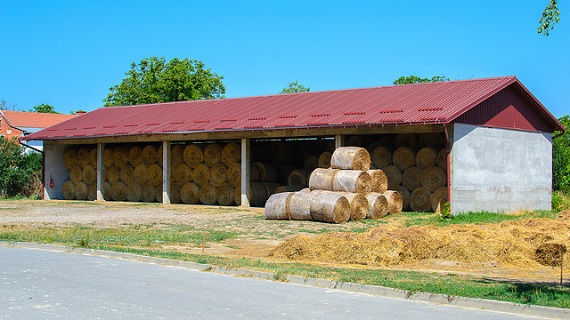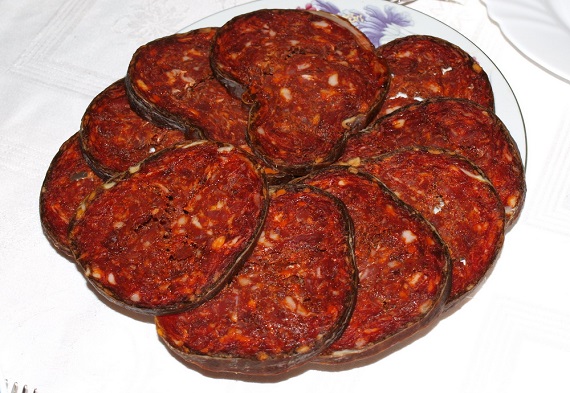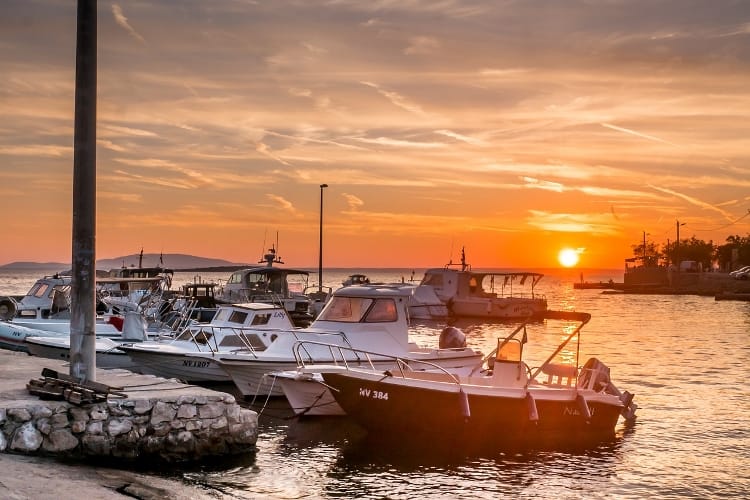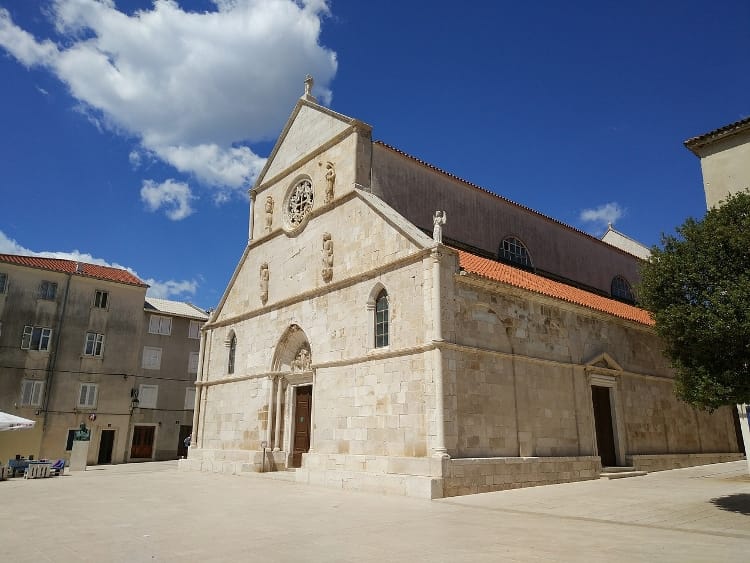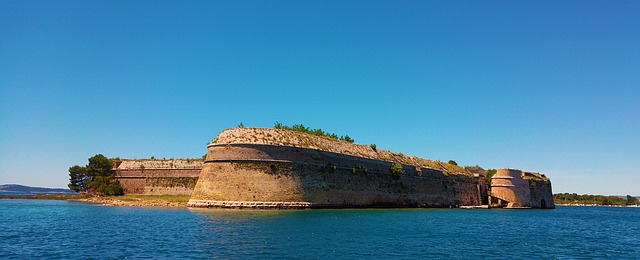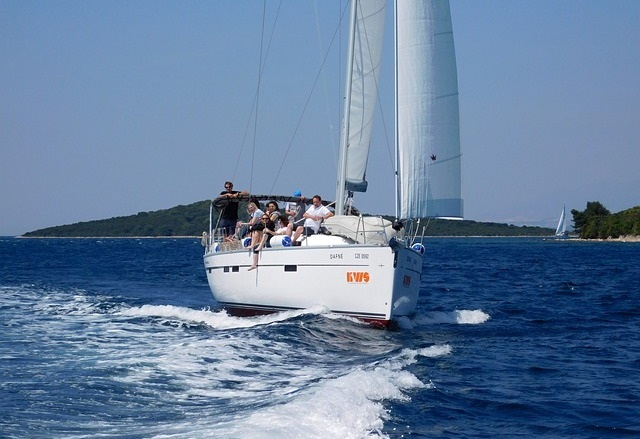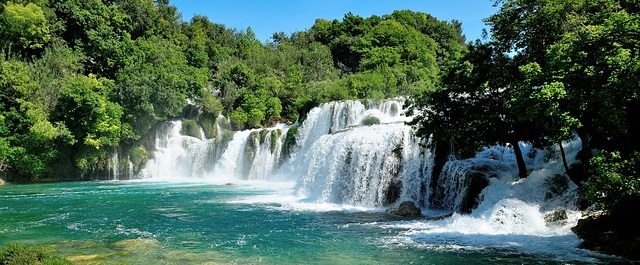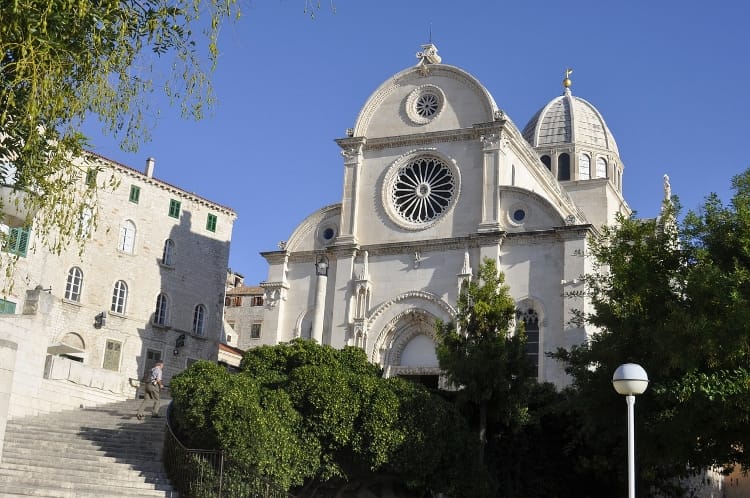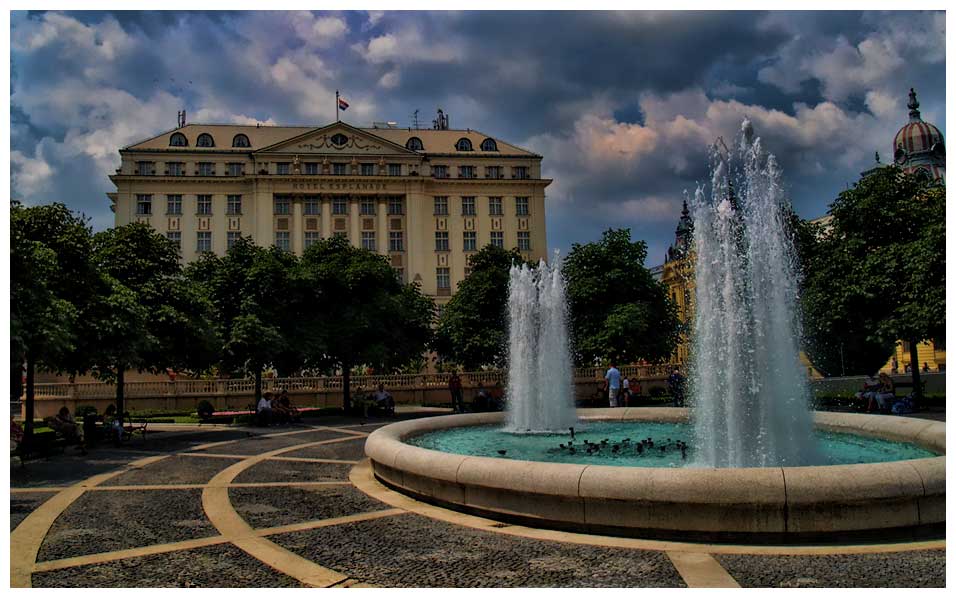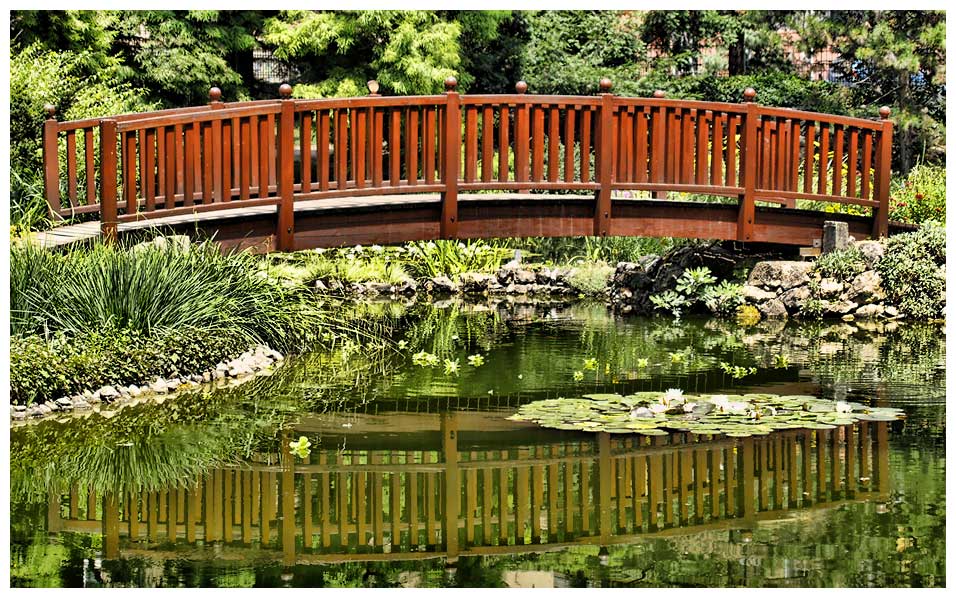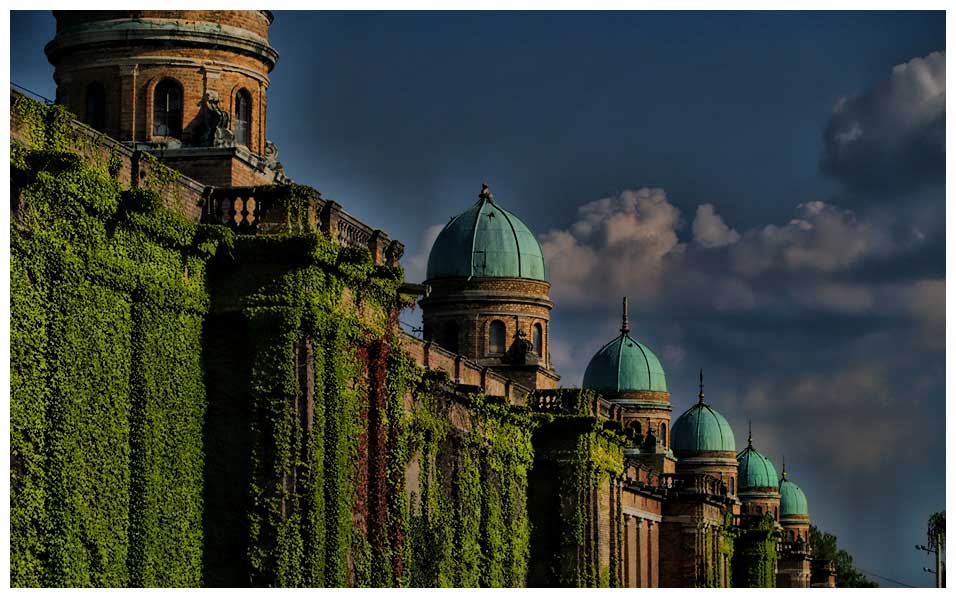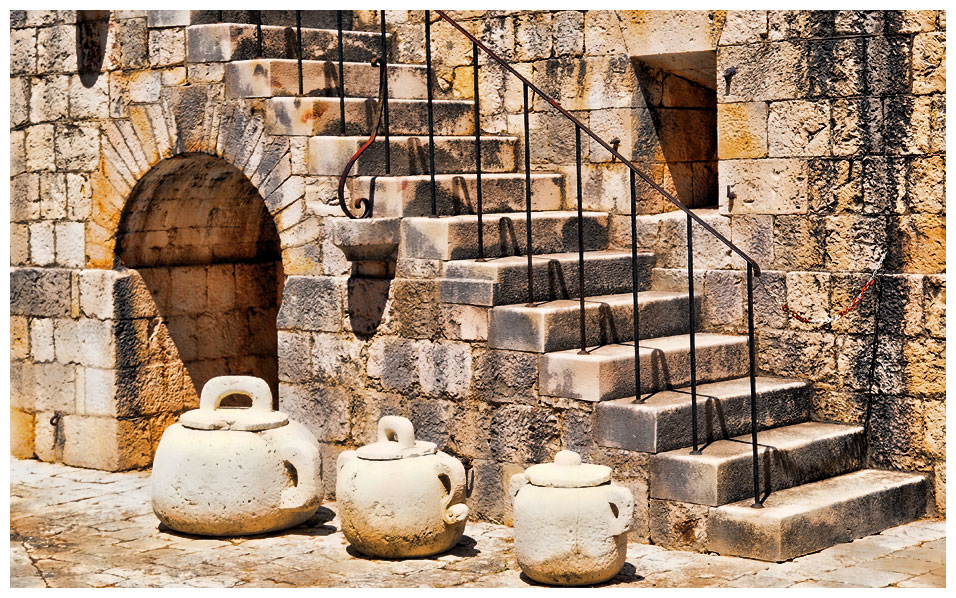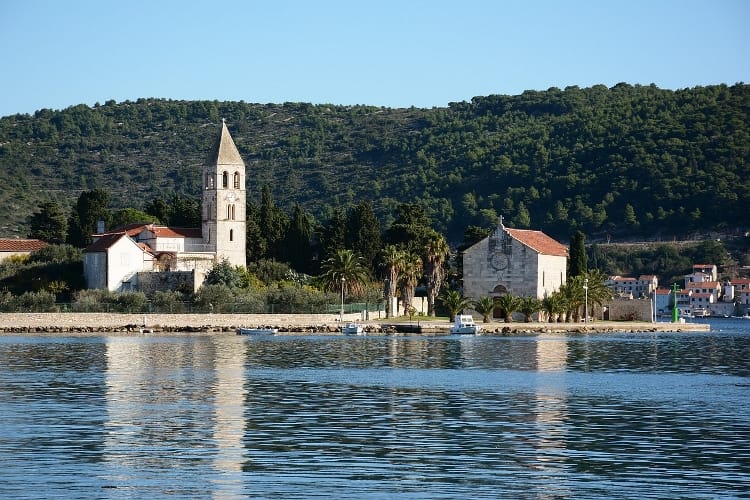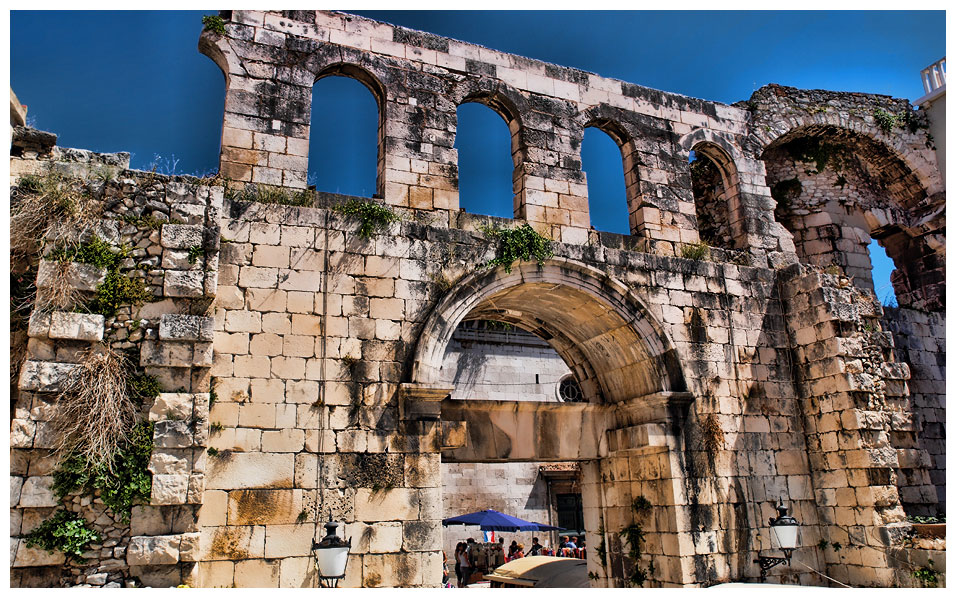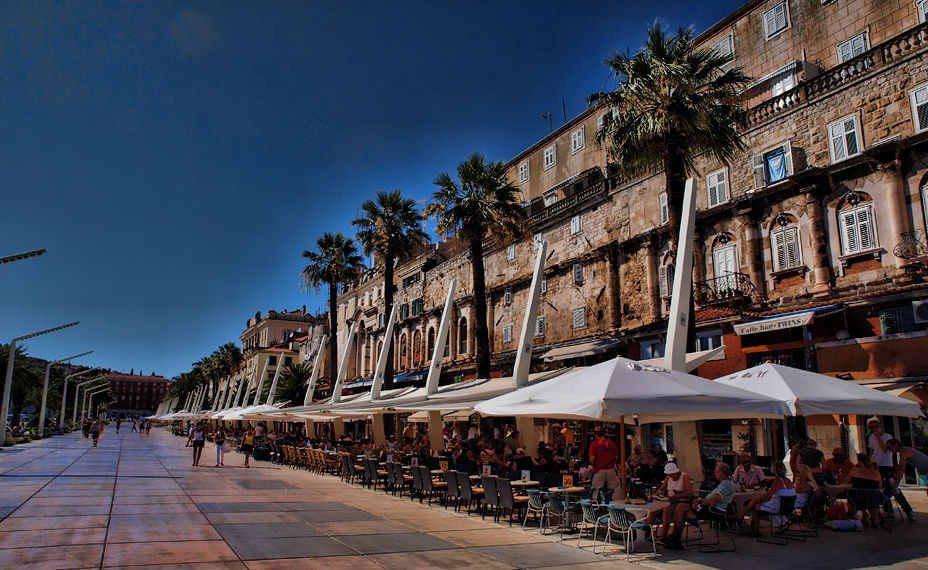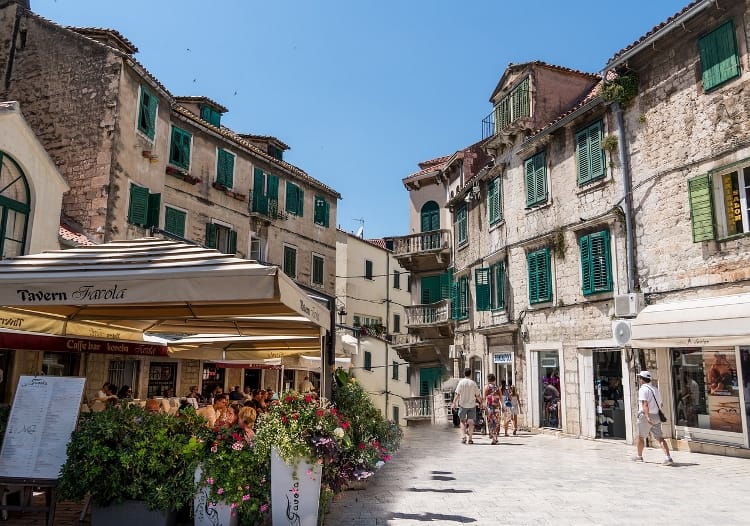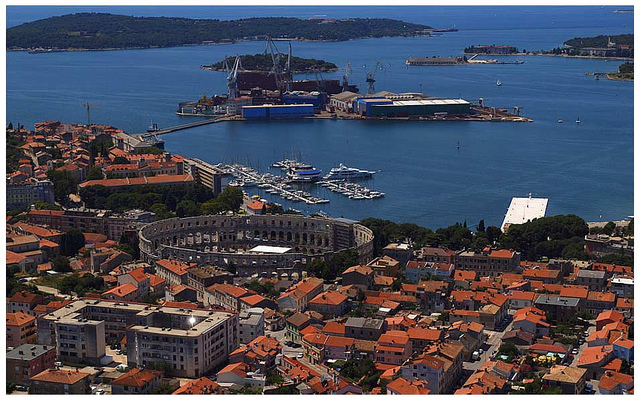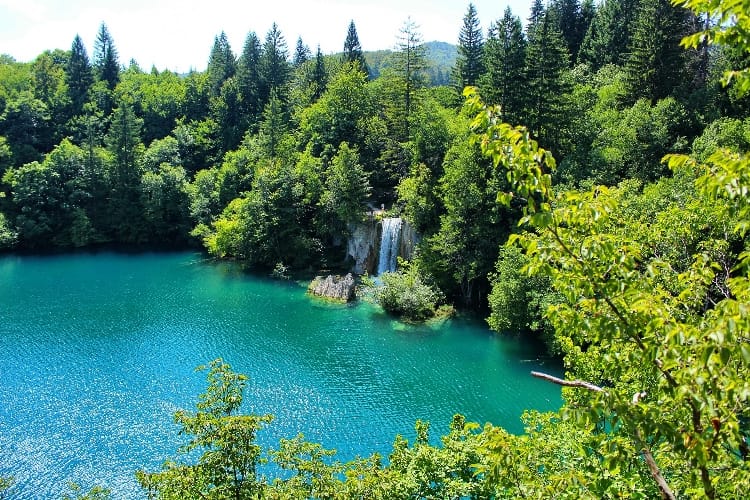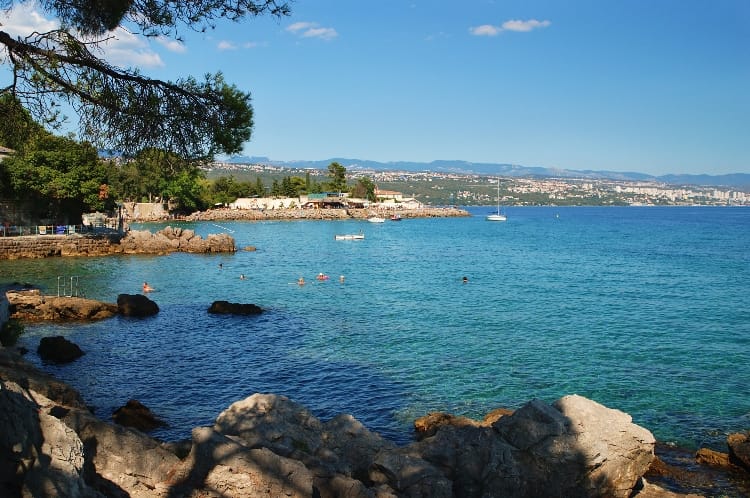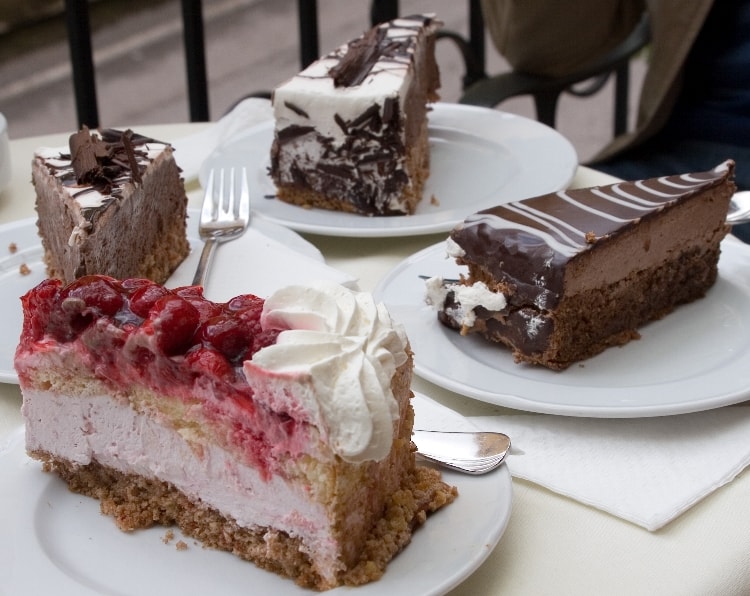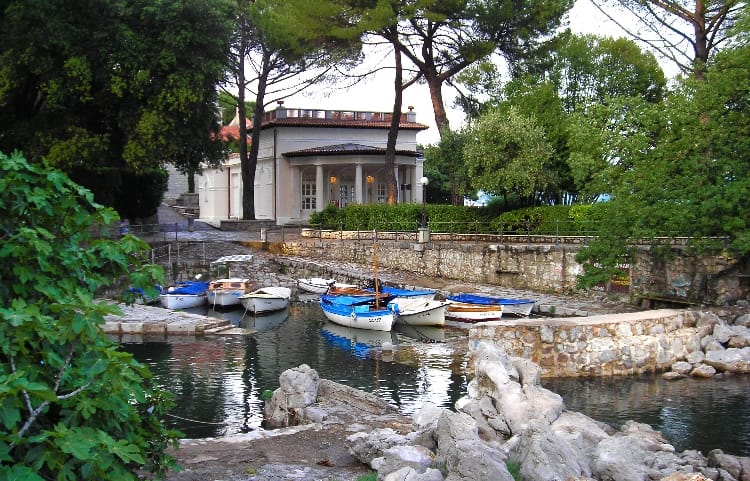Slavonia may not be the richest part of Croatia but it offers many famous monuments and different kinds of touristic places that your fun-loving spirit will enjoy.
Slavonia – Croatia’s green beauty
Slavonia is placed in the east part of Croatia. It is the region between several rivers; Sava on the south, Drava on the north, Ilova on the west, Bosut and Vuka on the southeast.
Slavonia is well known for legends and myths which are passed to the descendants with each generation. Slavonians have a strong tradition of celebrating crop harvesting, domestic music, delicious food, and drinks.
Known for strong agricultural activities
You’ll surely meet many hardworking and interesting people in Slavonia. Slavonians are known as very warm people who are always there to help and treat you with some delicious food. Many people in Slavonia are working in the fields, seeding, and harvesting. Most grown cultures are wheat and corn. But lately whole industry is changing and Slavonians start to grow other cultures like sugar beet, tobacco, roughage, and oilseeds. Slavonians also have big plant fields where they grow apples, pears and plums. As in every agriculture, where plants are grown, there is livestock. If you visit the villages, you’ll see pigs and cattle almost everywhere.
Treat your taste buds to Kulen, Loza and Šljivovica
Most important things in Slavonian agriculture are plums and pigs. Pigs are used to make a great Slavonian sausage, Kulen. Kulen is well known all over the Croatia and is one of the best sausages in the country! If you travel to Croatia, you must try Kulen. After you try it, I am sure you will buy some of it to bring home and give to your friends to try.
Other important things you should taste when staying in Slavonia or Croatia are Loza and Šljivovica. Those alcoholic beverages are consumed in high dosages by Slavonians. Loza is made of grapes and Šljivovica is made of plums. These beverages have high alcohol concentration so be aware if someone offers you these drinks, you can get drunk pretty easy!
Slavonian nature parks are a must-see
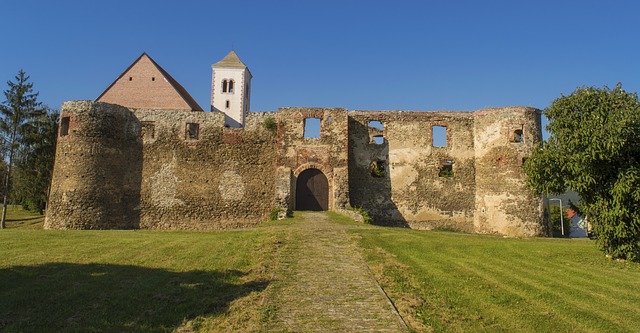
The biggest city in Slavonia is Osijek with approximately 108 000 inhabitants. But if you are interested in tourism, you should visit the places that have zero people population – places like Kopački Rit or Papuk. Kopački Rit is a nature park with over 260 different bird species. With lots of species and lots of plants that you can’t see anywhere else on the planet, Kopački Rit is a touristic place that people all over the world come to visit.
Slavonia also has another nature park named Papuk. Papuk is placed on UNESCO list of world heritage. In nature park Papuk you can see 500 years old oaks and medieval fortress Ružica. These unique places are extremely attractive to the tourists all over the world.
Things to do in Slavonia
- Visit fortresses and castles – Slavonia is packed with them. There are over 20 of fortresses and castles all over the area. If you love history, those are the places you must visit.
- If you love horses, you should visit Đakovačka Ergela. Đakovačka Ergela was established in 1506 and it is on the list of the oldest European stables. At Đakovečka Ergela, you can see and learn everything about Đakovački Lipicanci, the best horses in this part of Europe.
- Religious places – Church dated from the 12 century in a forgotten place named Lovčić will make your spiritual experience glow.
- Taste local food – Kulen is one of the most famous sausages, but Slavonians know how to make other delicious meals too. One of them is aspic (Hladetina), but be prepared for its specific taste. You’ll either love it or hate it. It’s worth a try!
- Most famous Slavonian restaurant – You can travel to Zmajevac which is located on the border with Serbia and check in at Restaurant Josić known as the best Slavonian restaurant.
- Off-road traveling – Whatever vehicle you choose you will have fun. You can go off-roading with a motorbike, bicycle or even a car. There are lots of open off-road areas to visit.

